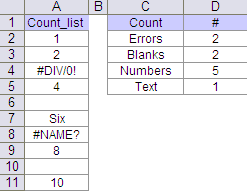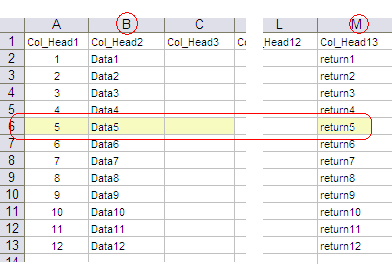You read it right. Its going to be a quick post but at the end of it, you would be glad that you read it.
Trick1: Text to Number
Consider this
=ISNUMBER(LEFT(12345,1)) – this returns FALSE as this simplifies to =ISNUMBER(“1”)
However, =ISNUMBER(––LEFT(12345,1)) returns TRUE. The two minus signs in conjunction “––” converts text “1” to number 1
So, also =––”1″ equals numeric 1
Trick2: Boolean {TRUE, FALSE} to numeric equivalent {1,0}
Consider,
{=SUM({1,2,3,0,5}<>0)} This is an array formula which reduces to
=SUM({TRUE, TRUE, TRUE, FALSE, TRUE}) and returns a 0
However,
{=SUM(––({1,2,3,0,5}<>0))} correctly puts a 1 for every TRUE and 0 for every FALSE and returns a 4
Check this,
Key in =(1=1) – this returns a TRUE
Now =––(1=1) returns a 1
Before you ask, you will not obtain the same result if you replace –– with +
You may keep this in mind and find a use of it someday 🙂

